How long does it take for hair to grow back from alopecia areata?
How quickly hair grows back after an episode of hair loss depends on many factors such as overall health, type of hair loss, and treatment.
For people with alopecia areata, new hair may begin to grow back after about 6-8 weeks if treated with corticosteroid injections. However, not everyone needs treatment.
Alopecia areata can recur multiple times in a person’s life. On average, hair grows about 1.25 cm per month, but if the initial area of hair loss is large, full recovery may take longer, according to Verywell Health (USA).
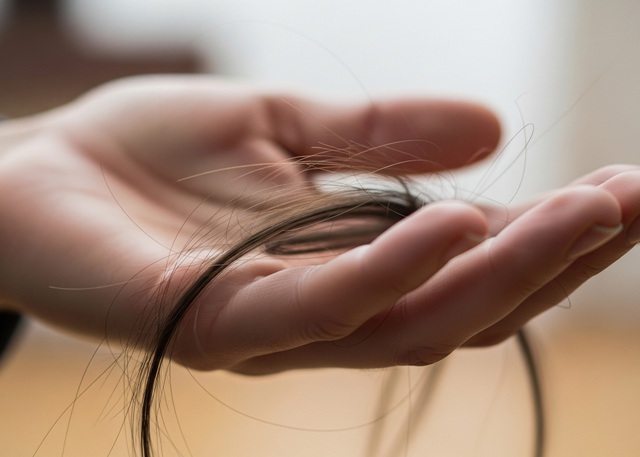
Alopecia areata does not happen just once but can recur many times in a lifetime.
PHOTO: AI
In some cases, the hair that grows back may be lighter, grayer, or a different color, but may gradually return to its original color over time. Less commonly, hair may grow back with a different texture or thickness, such as hair that was once straight growing back curly or vice versa.
Why do some people lose hair but can't grow it back?
Here are some types of hair loss that can grow back after you have them. These are called “non-scarring alopecia,” meaning the hair follicles are still intact and can grow new hair:
Alopecia areata : Causes patchy hair loss that usually resolves spontaneously after a few months.
Anagen effluvium : Occurs when hair is growing, often due to chemotherapy or other medical treatments. Hair usually grows back after treatment ends.
Androgenetic alopecia : The most common form, causing gradual thinning of the hair or receding hairline. Certain medications can help improve the condition.
Alopecia syphilitica: Causes patchy hair loss or thinning all over the head due to infection with the syphilis spirochete. With treatment of syphilis, hair may grow back.
Telogen effluvium : Causes thinning of hair, often due to stress, illness or hormonal changes. Hair will grow back in about 6 months if the cause is resolved.
Traction alopecia: Tight hairstyles such as ponytails, braids or hair extensions cause hair loss and breakage around the forehead. Can be reversed if stopped early, but can cause permanent hair loss if used for a long time.
Trichotillomania : People with this disorder tend to pull their hair out due to stress or anxiety, causing hair loss in patches. Treatment usually involves behavioral therapy, sometimes medication.
Some people lose their hair but it does not grow back. This is because the hair follicles have been damaged or destroyed; typically in forms of scarring alopecia such as lupus plaques, lichen planus, etc. At this point, people need to see a doctor early for diagnosis and treatment to preserve the remaining hair.
When should I see a doctor for hair loss?
For timely treatment, people should see a doctor early if they experience one of the following symptoms:
- Start losing hair at a young age.
- Hair loss fast.
- Falling in strange shapes.
- Hair loss with pain or itching.
- There are signs of scalp infection.
- Hair loss accompanied by muscle weakness, fatigue, weight gain, or unusual coldness.
Early diagnosis and intervention improve recovery, especially with non-scarring forms of alopecia.
In addition, some factors that help increase the ability to restore hair after hair loss include:
Age : Young people often have faster hair regrowth because their hair follicles are still healthy.
Types of hair loss : Non-scarring forms of hair loss are more reversible than scarring forms.
Degree of hair loss : Mild or localized hair loss is usually more reversible than widespread hair loss.
Treatment : Prompt and proper treatment (especially for alopecia areata) will help increase the chances of hair regrowth.
Source: https://thanhnien.vn/rung-toc-tung-mang-co-moc-lai-duoc-khong-18525080523434178.htm






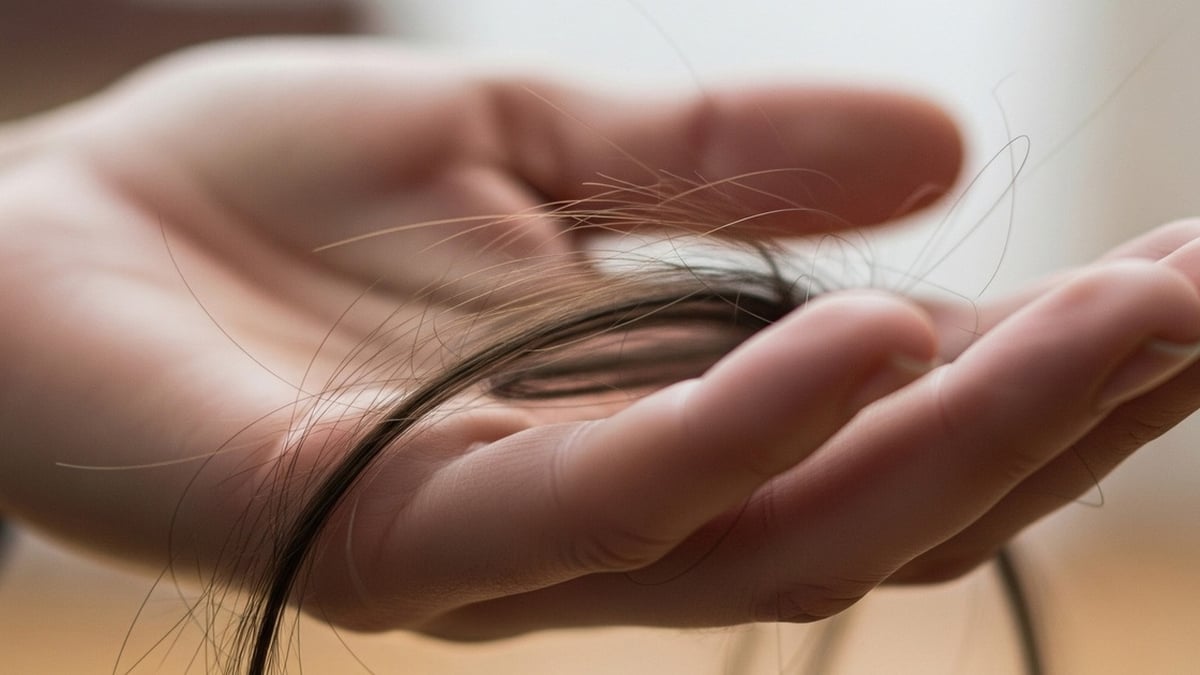



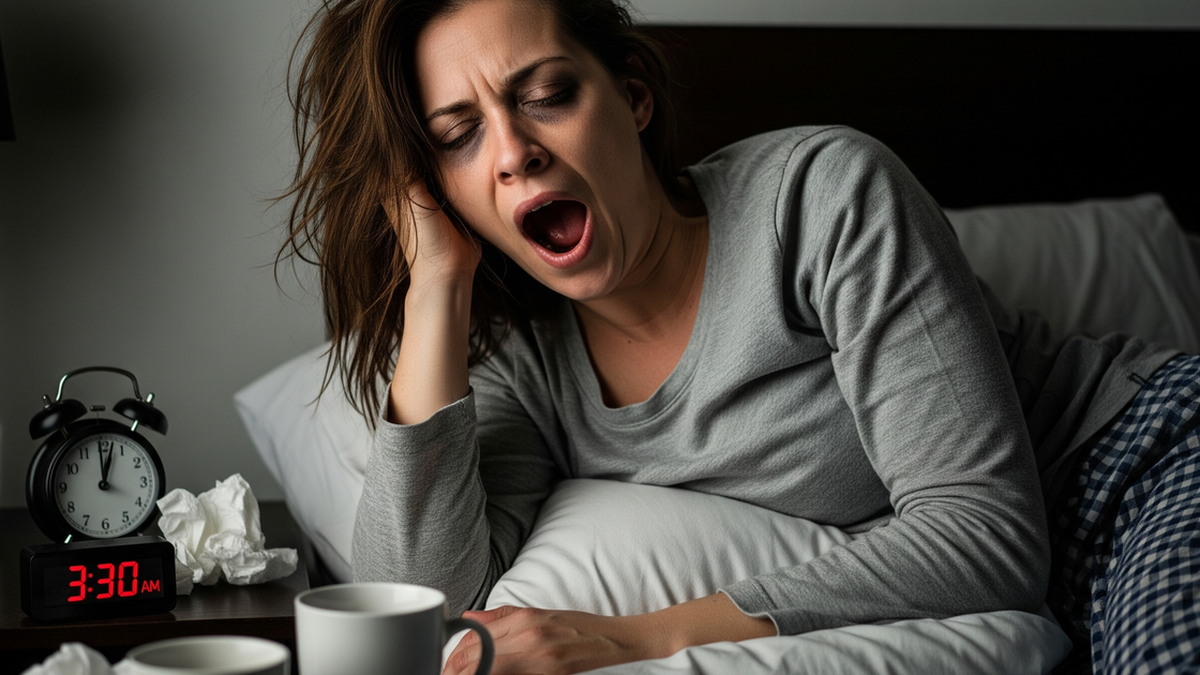


















![[Photo] Nghe An: Provincial Road 543D seriously eroded due to floods](https://vphoto.vietnam.vn/thumb/1200x675/vietnam/resource/IMAGE/2025/8/5/5759d3837c26428799f6d929fa274493)






























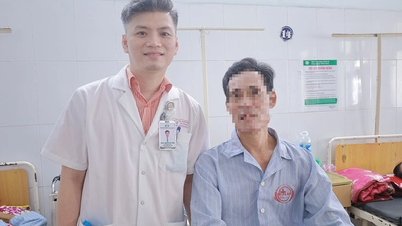









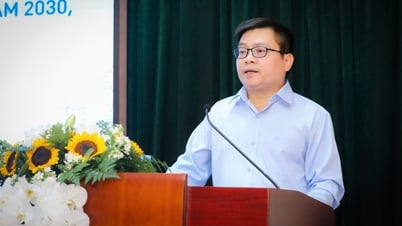



























Comment (0)